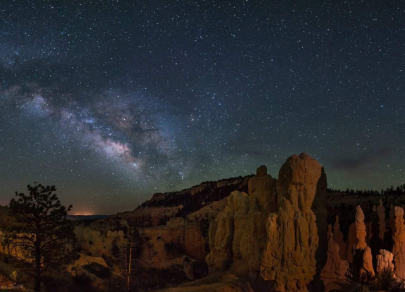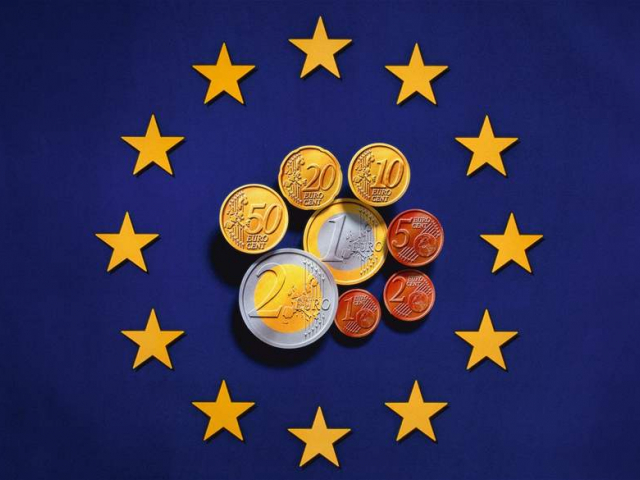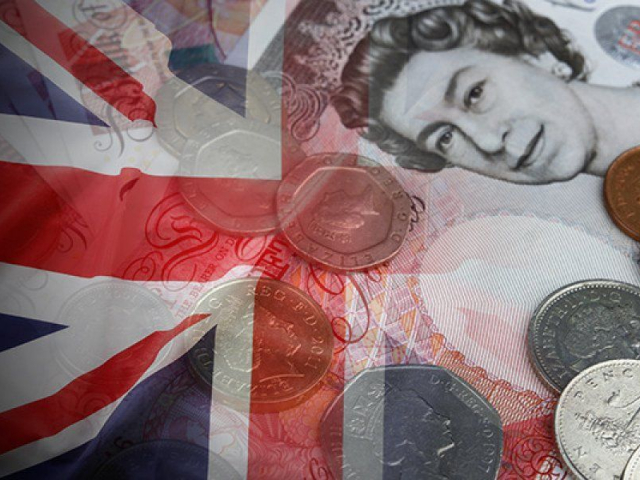
Top 5 locations for stargazing
Astrotourism is becoming more popular every year. People are willing to travel thousands of kilometers to admire the stars. But which places on Earth are considered the best for this? Let's find out now!




US Federal Reserve
It goes without saying that the US Federal Reserve is the most powerful central bank. This financial watchdog was founded on December 23, 1913. The Federal Reserve’s current status is an independent federal agency performing the functions of the central bank and exercising centralized supervision of the US financial system. The regulator comprises 12 federal reserve banks situated in US metropolises as well as 3,000 commercial lending institutions. The supreme body is the Governing Board appointed by the Chairman. The Federal Open Market Committee (FOMC) determines monetary policy by means of voting. There are also advisory boards. Apart from overseeing the US financial system, the regulator fine-tunes the official funds rate. The rate-setting committee holds 8 regular policy meetings within 1 year. Sometimes, the FOMC arranges emergency meetings to decide on changes in the key interest rate. The federal funds rate’s value is of great importance to large market makers and entrepreneurs around the world. Nowadays, the US Federal Reserve makes a direct impact on the global economy. It certainly sets the tone for the world of finance. Besides, the US central bank matters a lot to global financial markets.

European Central Bank (ECB)
The ECB, the central bank of the eurozone, is also considered a powerful financial regulator on a global scale. It was established on June 1, 1998. Its headquarters are situated in Frankfurt am Main, Germany. Among ECB policymakers are representatives from EU countries. Its capital stock is owned by all 27 central banks of the EU member states as shareholders. The largest stake is held by Germany, followed by France, Italy, Spain, etc. The key functions of the regulator are the development and implementation of the eurozone’s monetary policy, management of the EU's gold and foreign exchange reserves, issuance of the single European currency, and control of interest rates. Moreover, the ECB resolves all matters related to the cash issue and also conducts credit policy in the countries of the euro bloc. The European regulator has a full range of tools to manage financial markets. The ECB fine-tunes the key refinancing rate, conducts operations with securities, determines reserve standards, and controls gold reserves in the EU. The ECB’s prime goal is to ensure stability of consumer prices in the eurozone.

Bank of England
The third powerful central bank is the Bank of England. It is the UK government’s bank and lending institution operating as a central bank. Founded in 1694, the bank was privately owned by stockholders. Its capital ballooned in 1697. The Bank of England received the exclusive right to process government payments. Later, in 1751, the regulator was delegated the authority to manage the public debt. In 1844, it obtained the status of Britain’s central bank. In 1997, the watchdog was granted the status of an independent public institution with the authority to conduct monetary policy. The prior goal of the Bank of England is to ensure financial stability in the Kingdom. It regulates cash in circulation, sets interest rates, and executes monetary policy. Besides, the Bank of England provides loans to the government and manages public finances. The Bank of England’s monetary policy plays the key role in propping up the domestic economy. Monetary policy helps tame inflation and bolsters economic growth. The Bank of England analyzes economic data and makes policy decisions as well as exerts its influence in international financial relations. The British central bank is a member of the International Monetary Fund and participates in streamlining the global financial system.

Bank of Japan
The Bank of Japan rounds out the top 4 leading global regulators. Its history has passed several major stages. The first bank in Japan was founded in 1872. Later, in 1882, the central bank of Japan was established which became responsible for issuing money and controlling financial flows. During the 20th century, the country's banking system was in progress. From 1945 to 1997, the central bank began lending to enterprises. Liberal reforms implemented in this period benefitted the national banking system which was integrated into the global one. In 1948, a new legislative framework was adopted that regulated the activities of banks in Japan. At present, Japan’s banking system is one of the largest in the world. It includes different types of banks such as commercial, cooperative, and specialized. The Bank of Japan plays a key role in regulating the country's banking system and in managing monetary policy. The Bank of Japan is responsible for implementing monetary policy, setting interest rates, and conducting open market operations. It is responsible for issuing and managing cash in the country and also supervises commercial banks and other financial institutions. The Bank of Japan plays a leading role in international financial relations. It cooperates with other regulators and maintains the stability of the global financial system.

Astrotourism is becoming more popular every year. People are willing to travel thousands of kilometers to admire the stars. But which places on Earth are considered the best for this? Let's find out now!